For the individual control of heavy electric commercial vehicles (buses, trucks, special vehicles), KIEPE engineers rely on the latest generation of intelligent control units (ECU/TCU).
- The Energy Control Unit (ECU) ensures optimized energy efficiency, regulates the charging processes and controls all auxiliary units up to the air conditioning system or air compressor.
- The Traction Control Unit (TCU) is part of the drive system and controls the electric motors and all traction processes from braking to acceleration.
The KIEPE basic software is already programmed to ASIL level as standard. In addition, the legal requirements of cybersecurity are met.
Depending on the customer's requirements, the application software is developed by the engineering team according to the V model and offers countless control options - see the list below.
More than 30 years of experience in the system integration of electrical systems and components in e-buses are incorporated here.
Advantages
- functional security
- Cyber security
- Individual adaptability
- Fast development time
- Ongoing updates
- 30 years of experience
Energy control unit (ECU)
The following list describes the functions of the energy control unit.
- Energy and power management of the vehicle
- Calculation and allocation of the available power for traction and auxiliary units, taking into account the battery status
- Control of the auxiliary converters for the on-board power supply
- Ensuring high-voltage safety
- Insulation monitoring
- Control and evaluation of the plug-in CCS2 connection
- Control and evaluation of the pantograph connection
- Thermal management of the batteries, converters and drive motors
- Interface to the HMI
- Warning and fault evaluation
- Fault memory
- Operational data acquisition
- Diagnostic interface
In addition, the ECU can provide information that can be used to visualize the traction system. Information such as
- vehicle status (driving/braking/charging)
- battery charge status (SOC)
- charging device status (contacted/not contacted)
- energy flow directions (traction, battery, auxiliary consumers and charging infrastructure), etc.
can be visually presented to the passenger, for example, thus enabling a tangible driver experience.
![[Translate to English:] Rail vehicle electrification & technology](/fileadmin/_processed_/c/a/csm__ahe0223_928aee05ca.webp)
![[Translate to English:] Systems and components for electric buses](/fileadmin/_processed_/2/1/csm_kti_201_aha4631_neu_c9e1440ace.webp)
![[Translate to English:] Charging infrastructure solutions for e-mobility](/fileadmin/_processed_/2/c/csm_bildschirmfoto_2024-04-21_um_18.05.16_0ccd184362.webp)
![[Translate to English:] Modernization for many additional years of operation](/fileadmin/_processed_/3/4/csm_essen_4f49d40e59.webp)
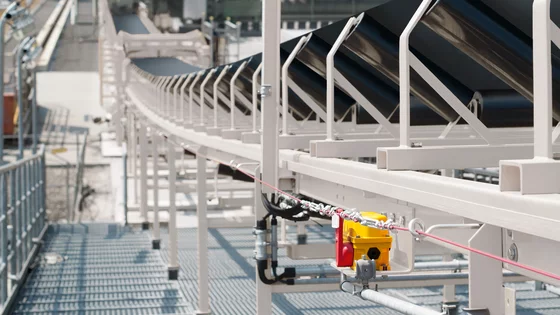
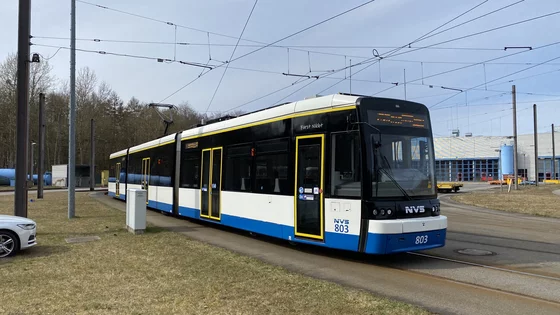
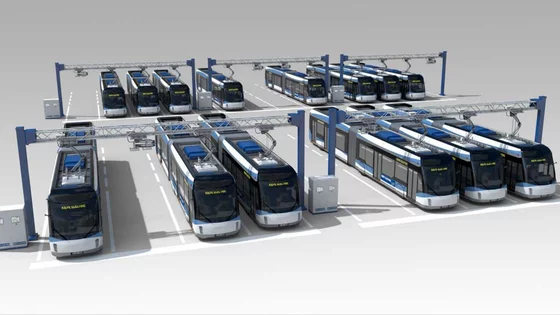
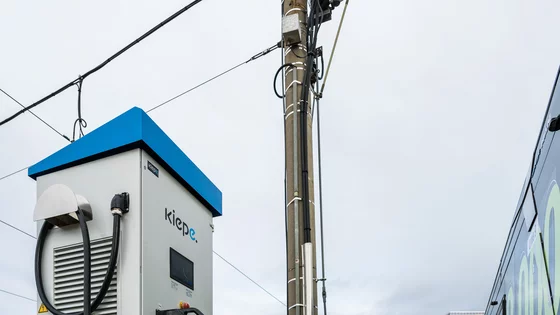
![[Translate to English:] eBus HPC Platform](/fileadmin/_processed_/3/a/csm_tzen4-corbeil-daniel_schmidt_kiepe_2_4bbdc37731.webp)
![[Translate to English:] In Motion Charging (IMC) Upgrade](/fileadmin/_processed_/b/b/csm_ksc_200-3_24fade6d2f.webp)
![[Translate to English:] Mining - Electrification](/fileadmin/_processed_/2/4/csm_istock-2116815690_26a2a95fa5.webp)

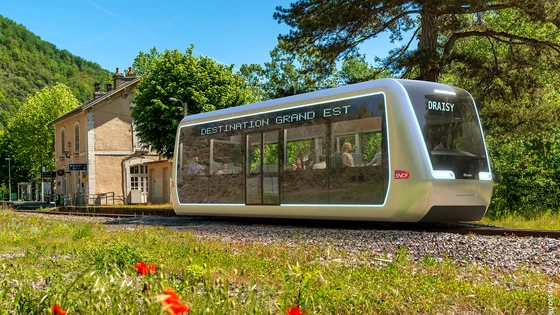

![[Translate to English:] ESU - Schalke](/fileadmin/_processed_/b/3/csm_schalke_project_2024_af42a053b0.webp)
![[Translate to English:] SmartHybrid - Vossloh DE 18](/fileadmin/_processed_/d/8/csm_vossloh_rolling_stock_de_18_370b5f1326.webp)











![[Translate to English:] Milano](/fileadmin/kiepe_website/solutions/cities/dome-miliano-pixabay-bici-3738653_1920.jpg)

![[Translate to English:] Our sales team is happy to answer any questions.](/fileadmin/_processed_/7/e/csm_istock-540531658_8a109bff79.webp)